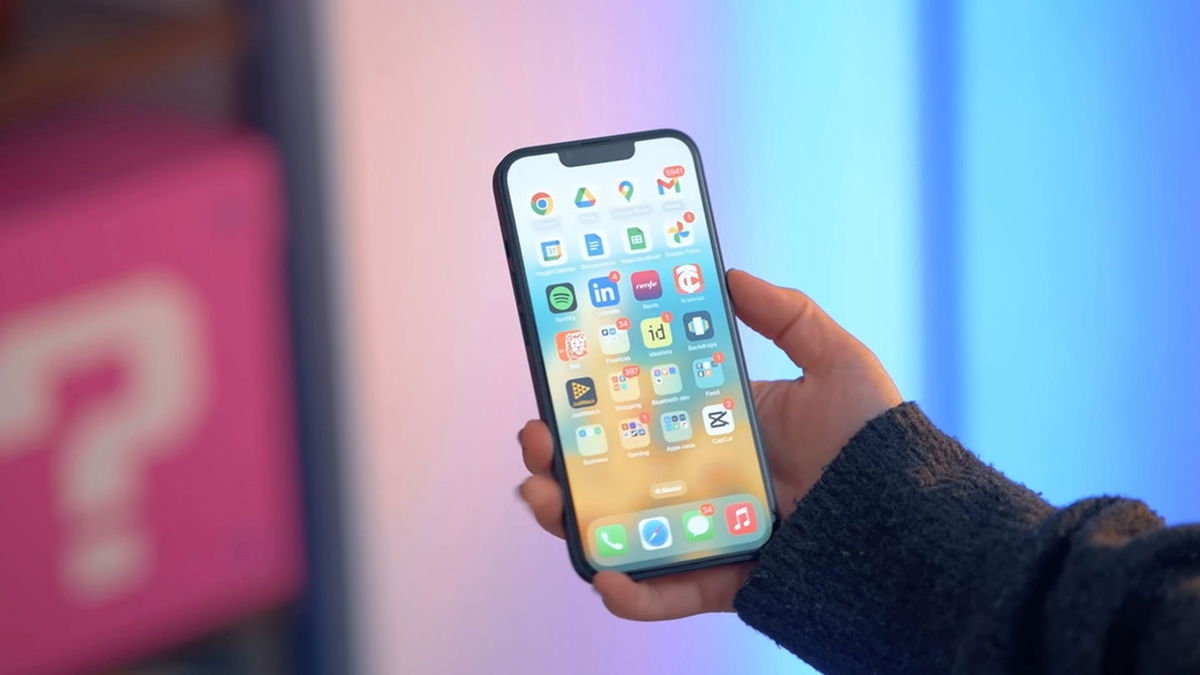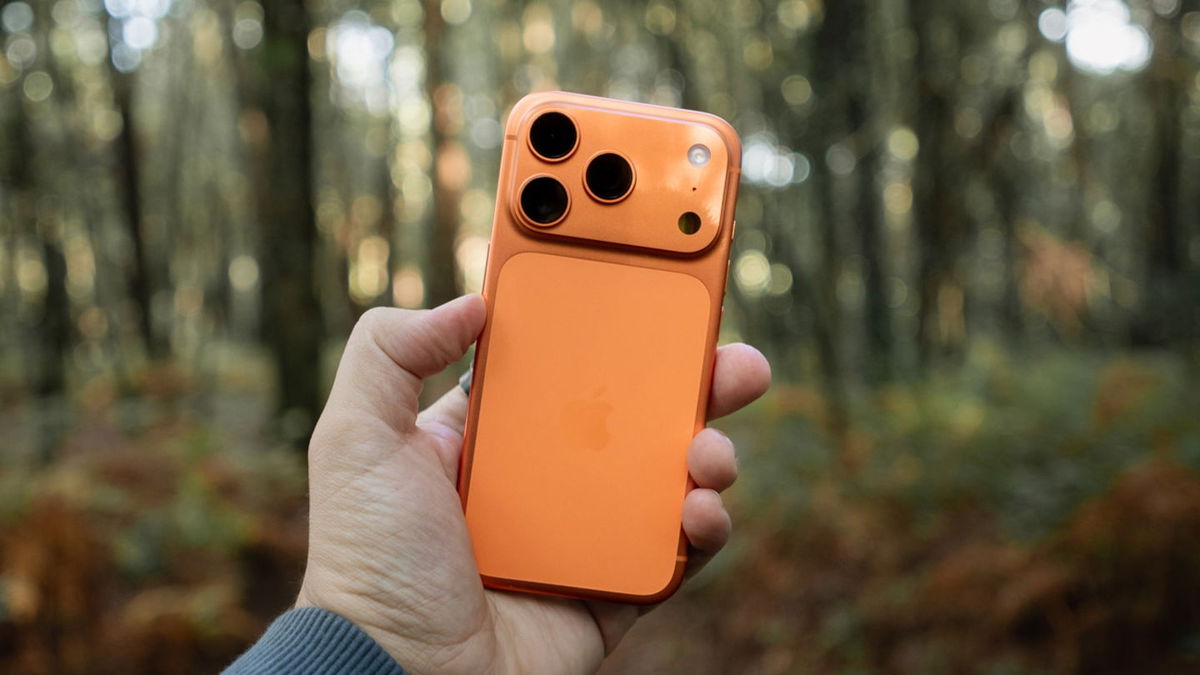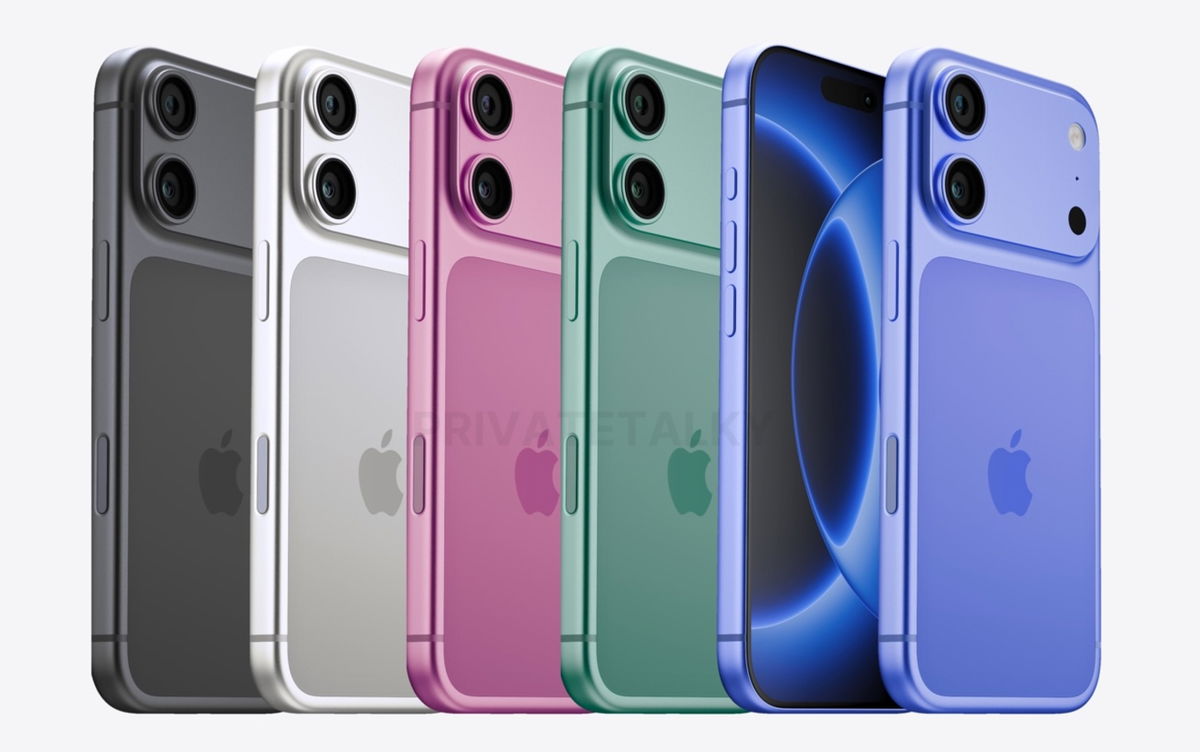If you have changed phones many times in your life, you are probably familiar with the SIM card and its functions. A SIM card is a small card that allows you to connect to your carrier’s network, which is necessary for using mobile voice and data services, thus providing access to calls and the Internet on the go. However, technology has advanced, and now there is a more convenient alternative that is quickly gaining popularity: eSIM. Below we will explore differences between eSIM and physical SIM cardand also pros and cons of each.
What is a physical SIM card and what is an eSIM?
A physical SIM card is a small card that you insert into your phone to connect it to a mobile network. It’s tangible, so you can easily remove it or swap it between devices. An eSIM, on the other hand, is a chip that’s built into your phone, meaning it can’t be removed. An eSIM is set up electronically over a Wi-Fi connection if you have a compatible phone.
By 2024, most phones on the market, even budget models like the Galaxy A14, will have an eSIM option. If your phone is less than two years old, it will almost certainly support the technology. However, it’s important to do your research before assuming your device supports eSIM on your carrier’s network, as some carriers have limited support for the feature.
The main difference between both cards is the way they are installed and handled. While a physical SIM card requires us to insert the card into a device, eSIM is set up digitally, without the need for a physical card.
Pros and Cons of eSIM
Pros of eSIM

Easier network switching
An eSIM makes it quick and easy to switch carriers. Many companies have apps that install network information on an eSIM in minutes, without having to go to a physical store. This process is especially useful if you want to try different networks or change carriers frequently.
Free Trials of the Operator
Some carriers offer free trials of their network via eSIM, so you can try out their service before committing. It’s as easy as downloading an app and setting up the eSIM on your device.
Using two lines on one phone
Many phones with eSIM allow you to use two lines at the same time by combining the eSIM with a physical SIM card. This is ideal for those who need to manage two phone numbers, such as a personal line and a work line.
Temporary network change
When traveling to another country, you can set up a temporary eSIM to avoid high roaming charges without having to purchase a local physical SIM card. However, eSIM availability may be limited in some countries.
Increased security
An eSIM is more secure because it is built into the device, making it harder to clone or remove if the phone is stolen. This will give you a little more time to find the device before the thief tries to reset it.
Environmental benefits
eSIM is more environmentally friendly because it does not require plastic cards or shipping materials, reducing the amount of waste associated with traditional SIM cards.
Cons of eSIM

Less convenient phone change
Changing a phone with an eSIM isn’t as simple as taking the card out and inserting it into another device. It requires deactivating the eSIM on the old device and setting it up on the new one, which can be a slower process.
Limited network support
While eSIM compatibility is increasing, not all carriers, especially smaller ones, support it. This can be a problem if you use a carrier that doesn’t offer eSIM service.
Limited device support
Not all cell phones are compatible with eSIM, and many carriers only offer eSIM support on popular models like the iPhone, Samsung Galaxy, or Google Pixel. This limits the options available to users.
Pros and cons of a physical SIM card

Pros of a physical SIM card
Fast device switching
One of the main advantages of a physical SIM card is the ease of switching devices. You simply remove the SIM card from your old phone and insert it into your new one, allowing you to connect to the network immediately.
Expanded Compatibility
The physical SIM card remains compatible with a wide range of devices and networks, allowing you to use almost any phone from any carrier. This is useful if you use less common phones or travel to areas where eSIM is not yet properly supported.
Disadvantages of a physical SIM card
Vulnerability to damage
A physical SIM card, while durable, can be damaged or lost. In this case, you will have to request a new card from your carrier, which can be an inconvenient process.
More complex network change
Changing networks using a physical SIM card usually requires purchasing a new SIM card, either by visiting a store or requesting one by mail. This process is less convenient than the quick digital setup of an eSIM.
Should you switch to eSIM?

If you’re thinking about upgrading to a new phone, this might be a good opportunity to try eSIM. It’s clear that embedded SIM technology is the future, and it offers a number of convenience and security benefits. However, if your current cell phone uses a physical SIM card and you have no immediate plans to change carriers or devices, there’s no immediate need to make the switch.
Both eSIM and physical SIM cards have their own advantages and limitations. Ultimately, choosing one over the other will largely depend on your personal needs, the device you use, and the network options available in your area. As technology advances, we’ll likely see eSIM adoption increase, but for now, both remain viable options depending on your circumstances.
Source: Digital Trends













